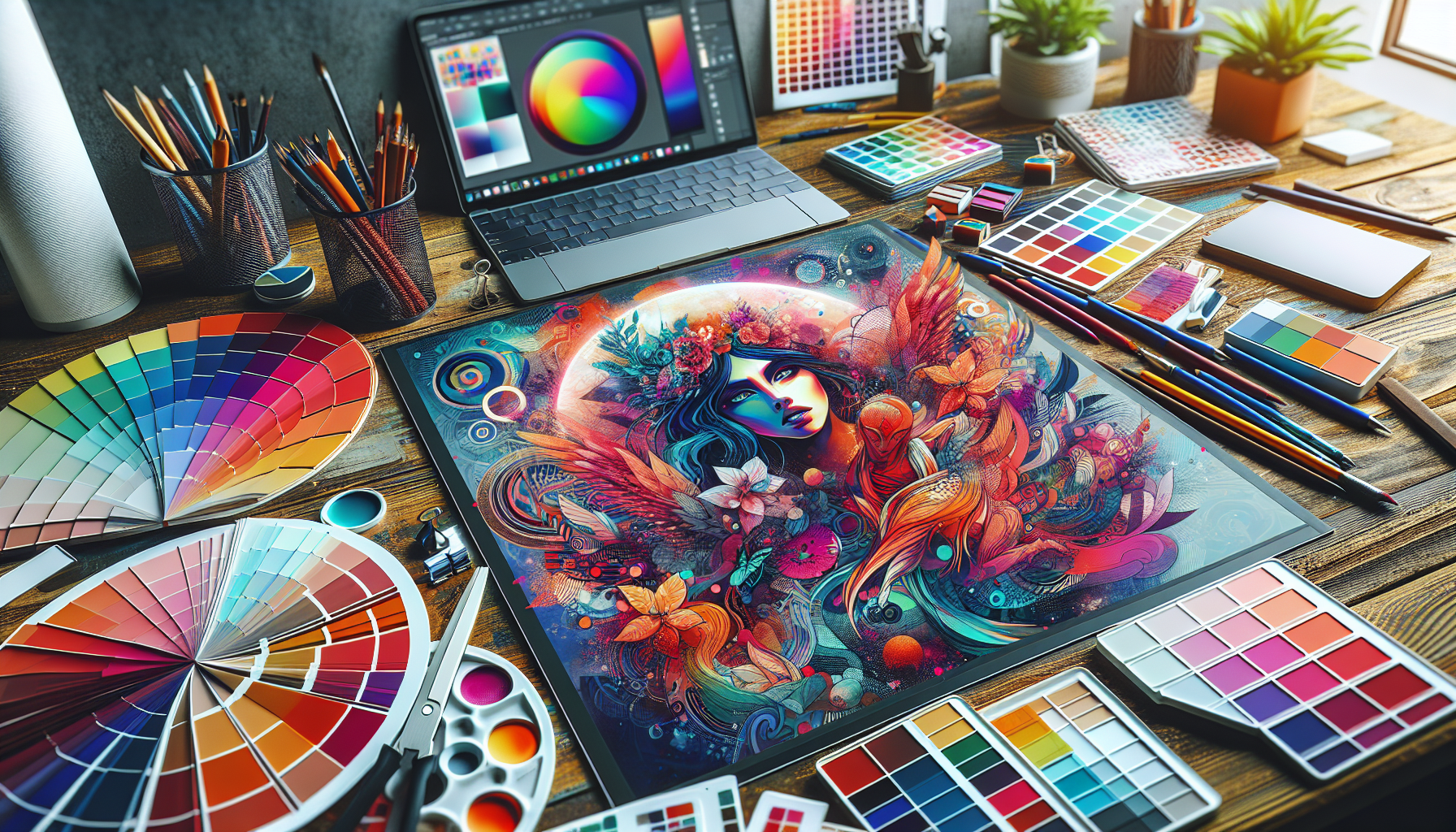In today's digital age, where attention spans are shorter than ever, the power of captivating visuals cannot be overstated. Whether you're a marketing professional looking to engage potential customers, a content creator aiming to grow your audience, or a business owner seeking to stand out in a crowded marketplace, creative graphics can be your greatest ally.
First and foremost, it's essential to understand why visuals are so impactful. The human brain processes images 60,000 times faster than text, making visuals an incredibly efficient means of communication. Not only do they grab attention quickly, but they also help to convey complex information in a more digestible way. This is why infographics, for instance, have become a popular method for explaining data-driven concepts.
The first key to creating stunning visuals is understanding your audience. Knowing who they are—what they like, what they dislike, and what they're interested in—is crucial. This insight allows you to tailor your graphics in a way that resonates with them, ultimately leading to higher engagement and retention rates. For example, a younger demographic might appreciate bold colors and dynamic layouts, while an older audience might prefer more subdued tones and classic designs.
Once you have a firm grasp of your audience, the next step is to establish a clear message or story you want to convey through your graphics. A strong visual narrative not only captures interest but also guides the audience through the content seamlessly. Whether it's a social media post or a presentation slide, each graphic should tell a part of your story, working in harmony to create a cohesive visual journey.
In terms of design, simplicity often trumps complexity. Minimalist designs can be incredibly powerful when executed correctly. By removing excess elements, you allow the primary message to shine through. However, simplicity doesn't mean bland. Strategic use of color, typography, and composition can make a simple design extraordinarily striking.
Color psychology also plays a significant role in the effectiveness of your visuals. Different colors evoke different emotions and reactions, and understanding how to use them can significantly enhance your graphics' impact. For instance, blue often conveys trust and calmness, making it a popular choice for corporate designs. On the other hand, red can create a sense of urgency or excitement and is frequently used in promotional material.
Typography is another critical element. The fonts you choose should complement the overall design and help communicate the intended message. For example, a playful script font might suit a children’s event invitation, whereas a sleek, modern sans-serif could be more appropriate for a tech company.
Finally, don't underestimate the power of technology in creating your visuals. There are countless design tools and software available that make it easier than ever to create professional-quality graphics. From Adobe Photoshop and Illustrator to user-friendly platforms like Canva and Crello, the options are vast and varied, catering to both novice designers and seasoned professionals.
In conclusion, creative graphics are a vital component in today's communication strategies. By understanding your audience, crafting a clear message, and utilizing the right design principles and tools, you can create stunning visuals that not only captivate but also convert your audience. The right image or graphic can be the difference between a missed opportunity and a meaningful connection, making it an investment well worth making.
